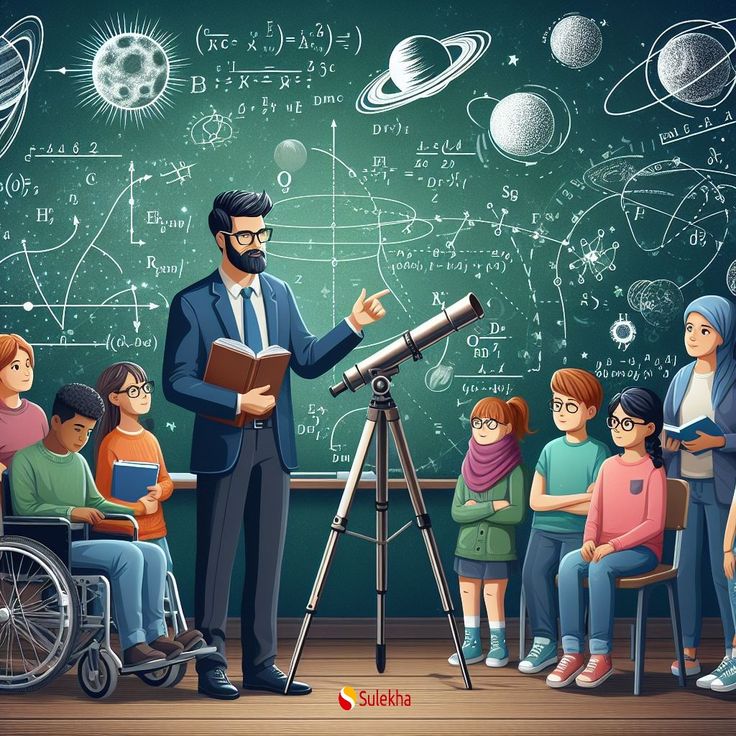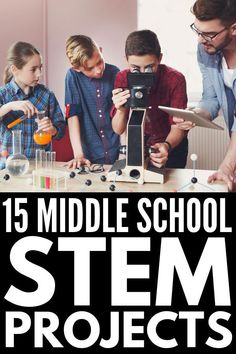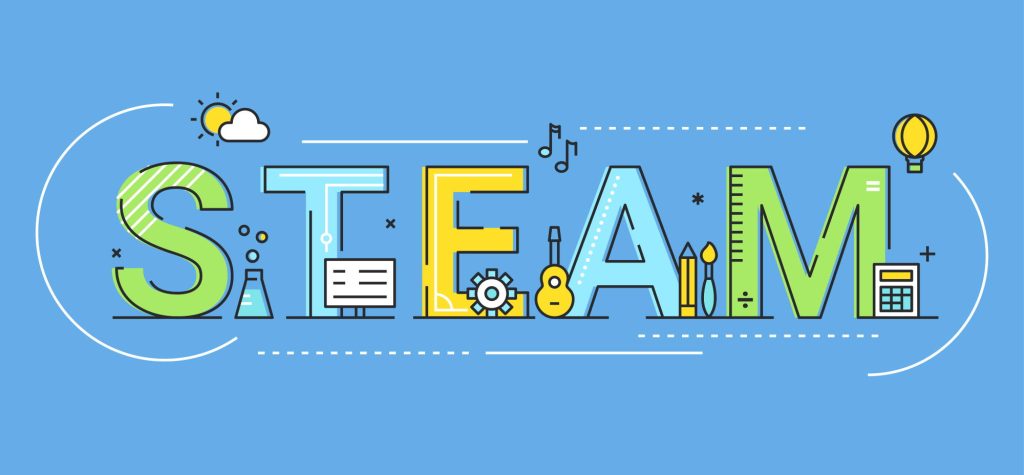The stars have always been a source of wonder and inspiration. From ancient sailors to modern-day astronauts, the mysteries of the universe have beckoned explorers and dreamers alike. Now, with the aid of technology, educators have a powerful tool to bring the cosmos into the classroom: SkyView.
SkyView is an application that allows users to explore different parts of the sky in various electromagnetic frequencies. It engages students through a virtual telescope, providing high-resolution images from various space missions and observatories worldwide. By using SkyView, teachers can inspire their students to learn about astronomy, physics, and cosmology.
Introducing SkyView in classroom activities can make learning about the universe interactive and fun. Here are some ways teachers can utilize SkyView as an educational tool:
1.Solar System Exploration: Begin with a tour of our Solar System. Have students use SkyView to investigate planets and moons, comparing their characteristics such as size, composition, and distance from the Sun.
2.Galaxy Tours: Guide students through our Milky Way galaxy with a deeper look into stellar formations like star clusters, nebulae, and even black holes. Students can explore how galaxies differ and discuss what makes our home galaxy unique.
3.Cosmic Mapping: Task students with creating their own maps of constellations or plotting out celestial events such as meteor showers. This activity helps reinforce concepts of celestial navigation and coordinate systems like right ascension and declination.
4.Deep Space Missions: Simulate space missions by researching objects visible in SkyView from past space missions (like Hubble Telescope images) or planning observations for future telescopic explorations.
5.Research Projects: Encourage older students to embark on individual or group research projects using data from SkyView to analyze astronomical phenomena or test hypotheses about space.
By capturing their imagination through direct observation of stars and planets, educators can deepen their students’ understanding of the universe while also teaching critical thinking and research skills. Furthermore, discussing recent discoveries and encouraging questions about what lies beyond our atmosphere can spark a lifelong interest in science among young minds.
The accessibility of astronomy has never been greater thanks to tools like SkyView that democratize knowledge about outer space. So encourage your students to reach for the stars—the universe is just a click away!







